How can I tell if my car’s oxygen sensor needs to be replaced? To determine whether the oxygen sensor of a car needs to be replaced, you can start from the following aspects:
1. Observe the colour: the colour of the top of the oxygen sensor can reflect its working condition, light grey is normal, white may be caused by silicon pollution need to be replaced, brown may be caused by lead pollution, when serious, also need to be replaced, black is usually caused by carbon, if the engine carbon troubleshooting carbon can not be removed, then the oxygen sensor may need to be replaced.
2. Measurement of resistance: Use a multimeter to measure the heating resistance of the oxygen sensor. Usually, the heating resistance of the oxygen sensor in the car about 10Ω, too big or too small should be considered for replacement.
3. Check the appearance: Observe the appearance of the oxygen sensor, check whether its ventilation holes are blocked, ceramic core is not damaged. For the heating type oxygen sensor, but also pay attention to the heater resistor wire is burned out.
4. Use troubleshooter: Check the voltage of the oxygen sensor through the troubleshooter, which should normally change continuously between 0.1 and 1 volt, and change more than 8 times in 10 seconds. If the voltage changes abnormally, it may indicate that the oxygen sensor has been damaged.
5. Vehicle performance: when the current oxygen sensor failure, the vehicle may appear idle speed instability, increased fuel consumption, lack of power, slow acceleration, exhaust smoke, engine fault light and other symptoms.
How to judge whether the oxygen sensor needs to be replaced? By combining the above methods, you can more accurately determine whether your car’s oxygen sensor needs to be replaced. If you are not sure how to do this, it is recommended to seek the help of a professional auto mechanic.

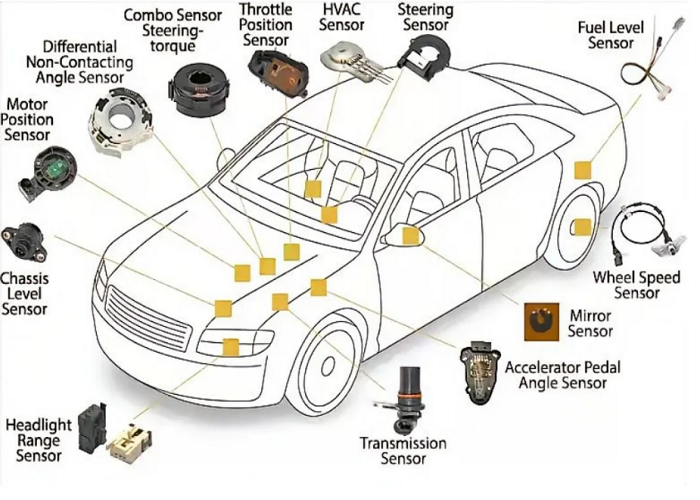
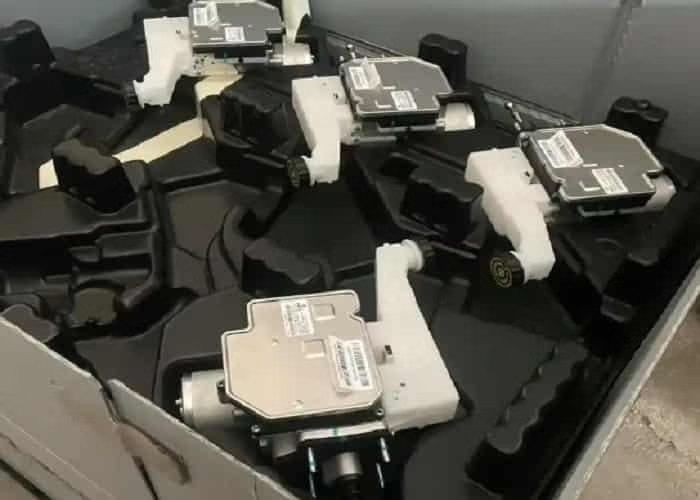
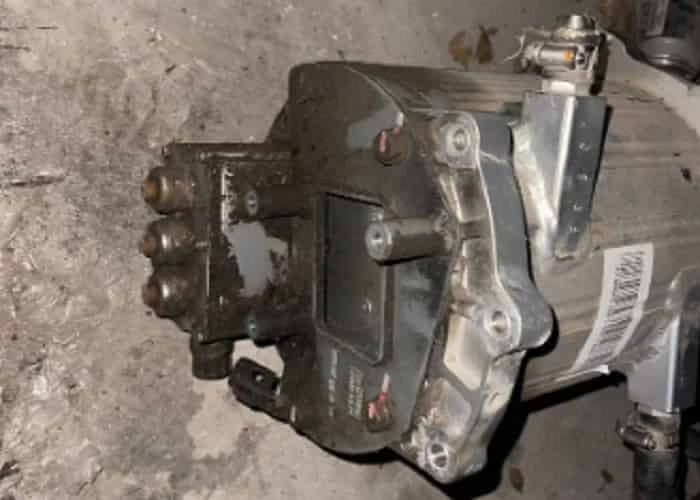

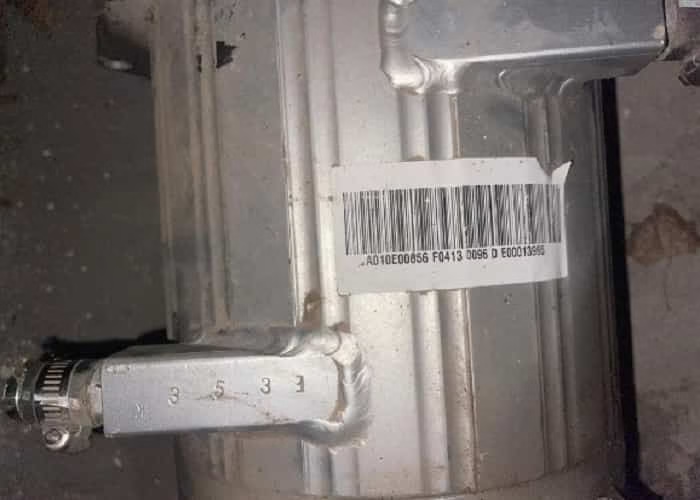
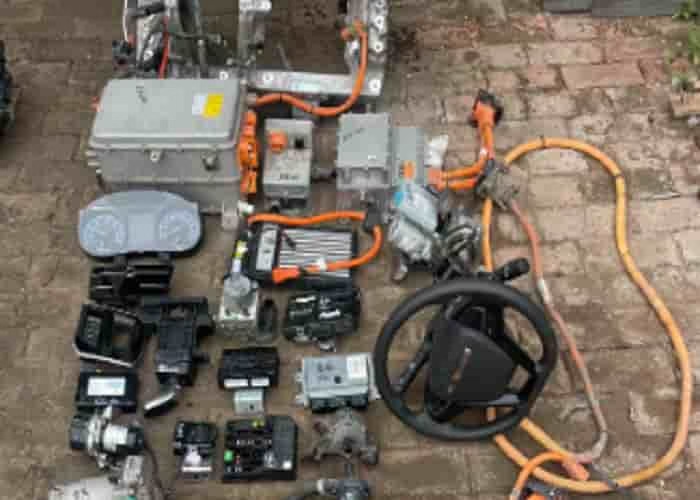









Leave a Reply